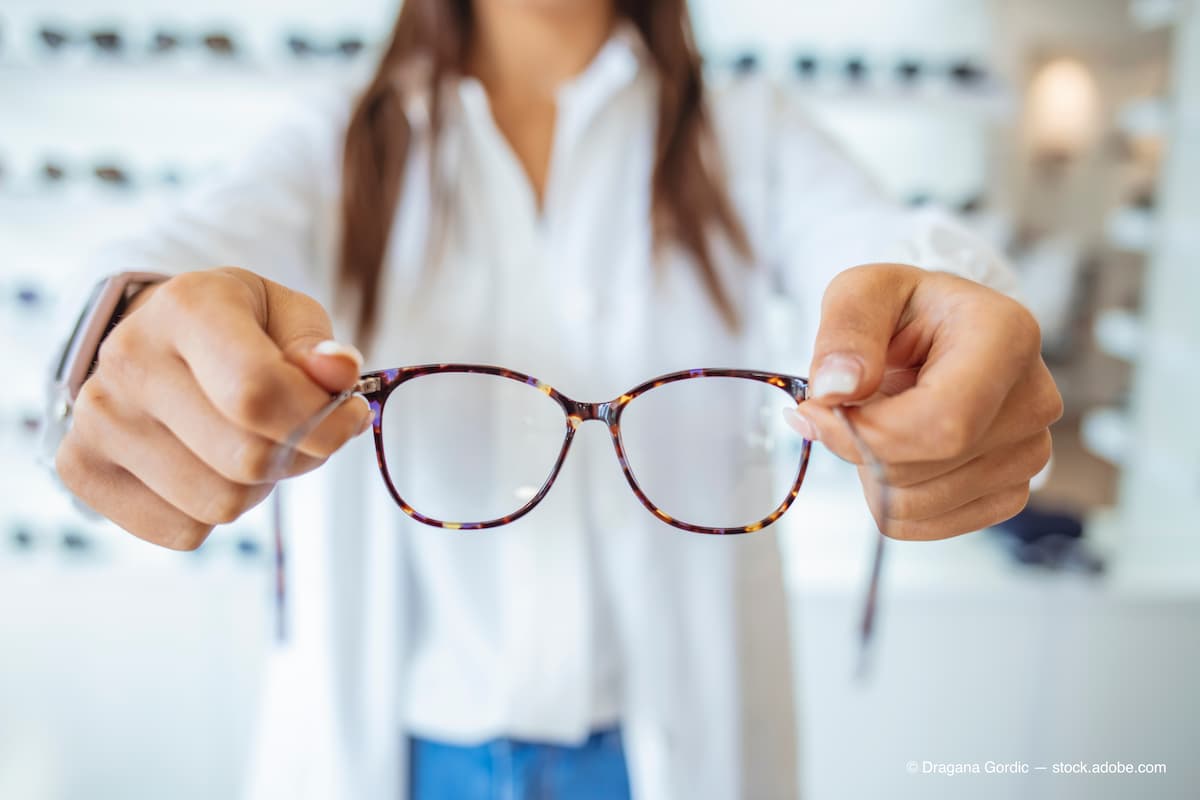This week in optometry: January 21-January 26
A look back on what's happened in optometry during the week of Jan. 21-Jan. 26.
Check out what Optometry Times®' shared this week:

Optometry news
Surprising findings from the DRCR Retina Network Protocol AA
By A. Paul Chous, MA, OD, FAAO
Recently published and anticipated results from the Diabetic Retinopathy Clinical Research Retina Network (DRCR.net) Protocol AA yielded the surprising finding that predominantly peripheral lesions (PPL) using ultra-widefield (UWF) color retinal imaging were not predictive of significant, 2-step worsening on the Diabetic Retinopathy Severity Scale (DRSS)1, contrary to previous findings from several single-center studies.2,3
The initial study, conducted by investigators at the Joslin Diabetes Center in Boston, Massachusetts, found that PPL were highly and significantly associated with 2-step worsening (3.2× risk) and proliferative DR (PDR; 4.7× risk) over 4 years.2
Contact lenses can help patients with low vision
By Euin Cheong, OD
Contact lenses generally are not combined with low-vision rehabilitation; the two are seen as different entities in the profession of optometry. I have had the joy and privilege of working as a contact lens and low vision specialist, and the intersection of care has been profound. There are myriad ways to utilize contact lenses for patients with low vision to maximize rehabilitation and quality of life.
Study finds fungal endophthalmitis after cataract surgery linked to viscoelastic
By Lynda Charters
South Korean ophthalmologists reported a fungal endophthalmitis outbreak after cataract surgery resulting from contaminated viscoelastic material. The investigators, led by Seong Woo Kim, MD, PhD, from the Department of Ophthalmology, Korea University Guro Hospital, Seoul, Korea, found that prompt intervention may improve the prognosis of fungal endophthalmitis caused by contaminated medical products.1
Fungal endophthalmitis is rare, occurring in 0.002% of cases in South Korea, according to the Korea Disease Control and Prevention Agency, but it generally follows an intractable clinical course with poor visual prognosis.
An “unusual” outbreak developed in October 2020, that became a nationwide outbreak and was found to be associated with contaminated viscoelastic material (sodium hyaluronate).
Kim and colleagues conducted a retrospective case series analysis of clinical data from multiple institutions across the country from September 1, 2020, to October 31, 2021, to determine the epidemiologic and clinical features and treatment outcomes of this outbreak after cataract surgery.
Practical management EP 1: Why having a brand is important
By Maria Sampalis, OD; Kassi Jackson, Editor
Maria Sampalis, OD, owner of Sampalis Eye Care in Cranston and Providence, Rhode Island, sat down with Optometry Times®' editor Kassi Jackson to talk all-things practice management.
In this first episode, learn about the importance of a brand for your optometric practice.
Black EyeCare Perspective appoints new executive director
By Kassi Jackson, Editor
Black EyeCare Perspective has named Essence Johnson, OD, FAAO, Dipl ABO, as the first Executive Director of the non-profit.
Johnson has served as the organization's Chief Visionary Officer and co-advises the Black EyeCare Perspective Pre-Optometry Club. Johnson assumed her new role at the start of the new year and will manage the day-to-day operations for Black EyeCare Perspective. She has impacted the eyecare profession by creating new avenues to recruit, engage and influence the next generation of eyecare professionals.
Newsletter
Want more insights like this? Subscribe to Optometry Times and get clinical pearls and practice tips delivered straight to your inbox.